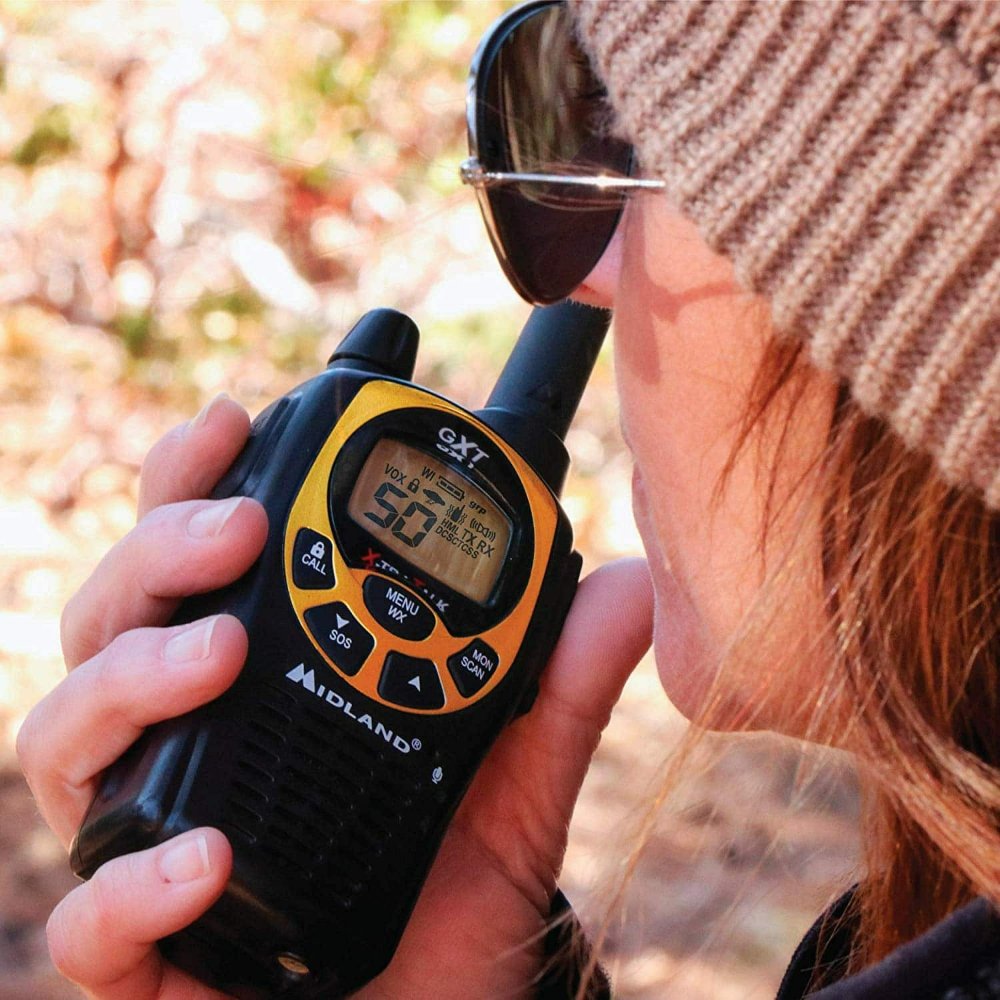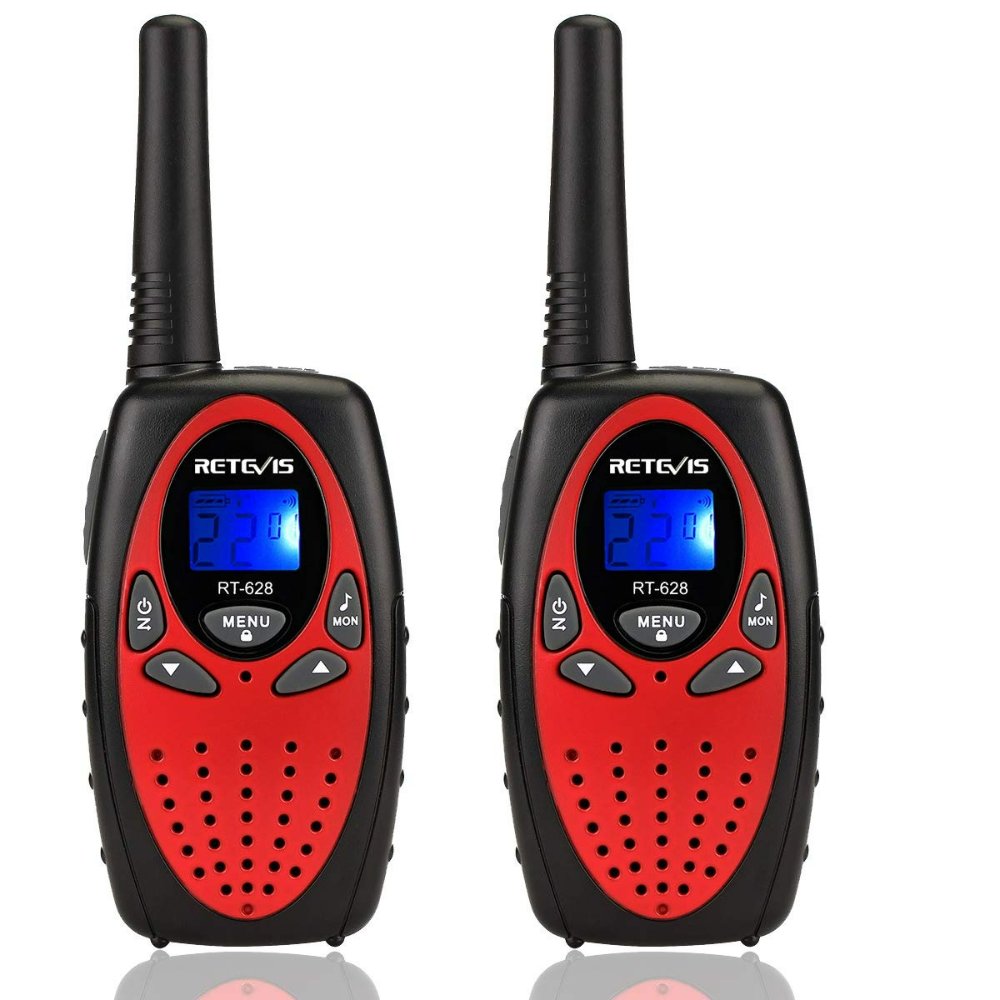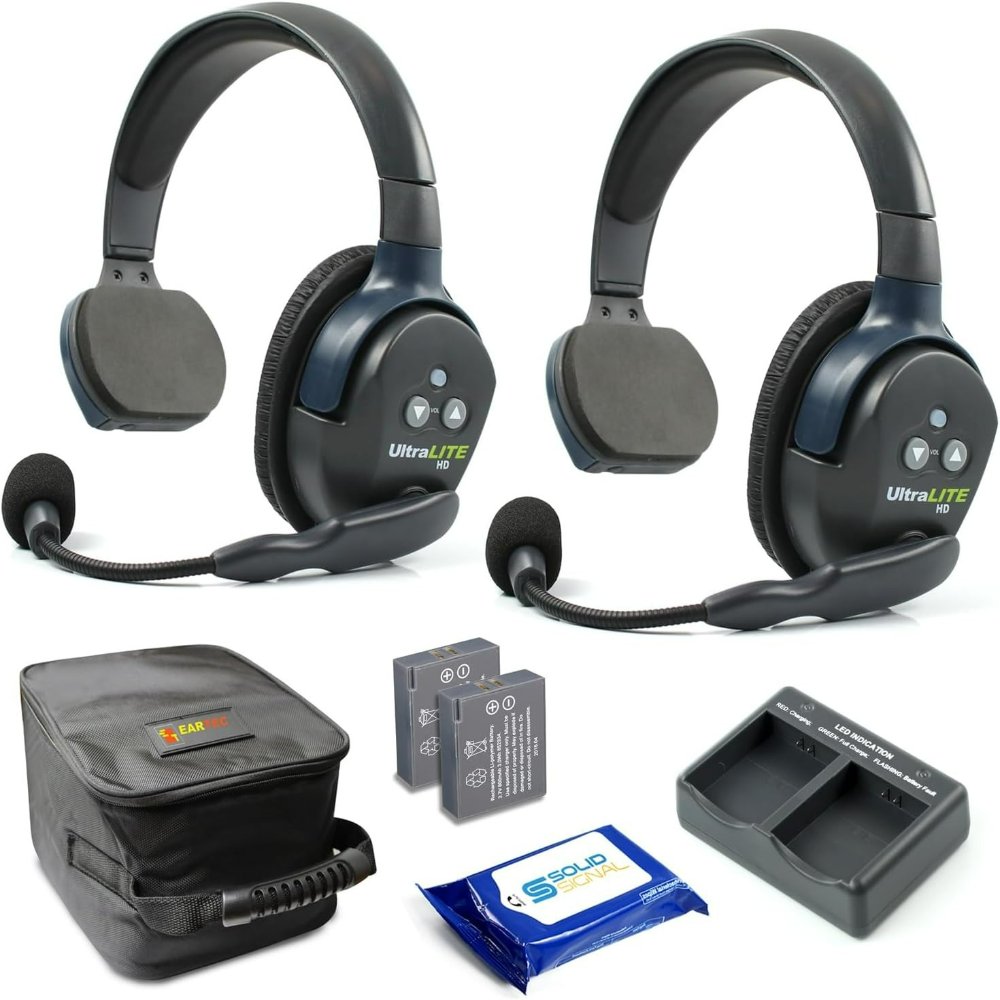The Importance of Efficient Communication in the Workplace
Efficient communication stands as a pillar for the success of any business. Good communication ensures tasks are understood, handled, and completed effectively. When communication breaks down, it can lead to errors, wasted time, and unhappy clients or customers. Walkie talkie headsets play a crucial role in facilitating instant communication. Workers can exchange information quickly without disruption or delay. This is vital in environments where timing and accuracy are critical.
Walkie talkie headsets allow for hands-free operation. This feature is essential for workers who must focus on their tasks without interruptions. Clear and immediate communication can also enhance team coordination. This ensures everyone is on the same page during operations. Improved coordination results in better productivity and efficiency. In the fast-paced work environments of today, every second counts. The promptness provided by walkie talkie headsets cuts down the time it takes to get responses. This leads to a more streamlined workflow.
In essence, the efficiency brought by utilizing walkie talkie headsets in the workplace cannot be overstated. It’s an investment that can lead to substantial improvements in a company’s operational effectiveness.

Walkie Talkie Headset Features that Enhance Productivity
Walkie talkie headsets are packed with features that boost workplace productivity. Here are key attributes that set them apart:
- Hands-free Operation: Allows multitasking without compromising communication. Workers keep both hands on their tasks, improving safety and efficiency.
- Clear Audio Quality: Ensures messages are heard and understood the first time, reducing the need for repeats and clarifications.
- Long Battery Life: Supports extensive use throughout shifts without frequent charging, minimizing downtime.
- Durable Design: Built to withstand tough conditions, from construction sites to factory floors. This reduces repair and replacement costs.
- Range and Connectivity: Offers wide coverage, connecting teams over large areas without the need for cellular networks.
- Noise Reduction Technology: Blocks out background noise, so workers can communicate clearly in loud environments.
- Ease of Use: Simple interfaces make them accessible to all users, ensuring quick adoption and seamless integration into daily activities.
Employing walkie talkie headsets that emphasize these features can significantly uplift a team’s ability to operate effectively. With the right walkie talkie headsets, businesses see a marked improvement in their operations.
Choosing the Right Walkie Talkie Headset for Your Business
Selecting the correct walkie talkie headset for your business is vital for achieving optimal communication. It can be overwhelming with the variety of options available. To simplify the process, consider the following factors:
- Business Size and Scope: Larger operations will need devices with a broader range. Smaller teams may require less expansive solutions.
- Environment: If you work in noisy or harsh conditions, look for headsets with noise cancellation and robust build quality.
- Usage Frequency: For teams that rely on constant communication, choose headsets with long-lasting battery life.
- Compatibility: Make sure the headsets pair well with your existing communication systems. They should enhance, not hinder, your setup.
- Budget: There are walkie talkie headsets for every price point. Balance cost with the features that are critical for your operations.
- User-Friendly Design: Devices should be easy to use. Simple controls and clear instructions will improve adoption rates.
By addressing these aspects, you can narrow down your choices and select the walkie talkie headsets that align with your business needs. Remember, investing in the wrong type could impact productivity negatively. Take the time to assess your specific requirements before making a decision. Walkie talkie headsets are not just a purchase but an investment in your company’s efficiency and success.

The Role of Walkie Talkie Headsets in Different Industries
Walkie talkie headsets have become integral in diverse fields. Each industry has unique communication demands. Walkie talkie headsets adapt to meet these needs.
Construction
Builders use walkie talkie headsets for instant updates on-site. They coordinate tasks and share safety alerts. Rugged designs endure the tough conditions.
Hospitality
Hotels employ them for housekeeping and front desk syncing. Efficient service becomes smoother with walkie talkies. Staff tend to guest needs with greater speed.
Event Management
Coordinators rely on these headsets for running events. They manage teams across large venues. Real-time communication is key for successful functions.
Manufacturing
Factories employ headsets for seamless production lines. Workers stay connected over the loud machinery noise. Workflow remains uninterrupted and efficient.
Security
Security personnel use walkie talkies for patrol coordination. Immediate response to incidents is crucial. The devices ensure swift communication in emergencies.
Retail
In retail, staff use headsets to assist customers quickly. Stock checks and customer service improve greatly. The shopping experience is enhanced for customers.
Transportation
Drivers communicate with dispatch and each other using walkie talkies. Logistic efficiency is important in this sector. Constant contact keeps operations on track.
In each of these industries, the use of walkie talkie headsets results in clear, direct, and efficient communication. With these tools, teams work better together. They handle tasks with added safety and coordination. Productivity spikes as a result of these improved communication strategies.

Integrating Walkie Talkie Headsets with Other Communication Tools
In today’s tech-driven world, integrating walkie talkie headsets with other communication tools is essential. This ensures a more cohesive system for workplace interactions. Let’s examine how walkie talkie headsets can sync with various communication technologies to enhance overall productivity.
- Smartphones and Tablets: Workers often carry mobile devices. Pairing them with walkie talkies offers dual channels for info exchange. Alerts via walkie talkie can prompt more detailed follow-ups on smart devices.
- Computers and Laptops: Walkie talkies can connect to PC-based communication systems. This allows for a seamless transition between office work and field communication. Important info from walkie talkies can be logged and tracked on computers.
- Intercoms: In large facilities, integrating walkie talkies with intercoms can be strategic. Quick announcements reach everyone, while detailed directions go to specific teams through their headsets.
- Public Address Systems: For wider broadcasts, walkie talkies can work in tandem with PA systems. Emergencies and general announcements can be made swiftly, with team responses coordinated via walkie talkie.
- Collaboration Software: Walkie talkies work well with team management tools. Tasks assigned digitally can be discussed instantly with walkie talkies. This keeps projects fluid and team members aligned.
By integrating walkie talkie headsets with other communication tools, businesses make the most of their technological assets. Such integrations bridge gaps and maintain essential links among teams, regardless of their physical locations. The goal is a cohesive, efficient communication ecosystem that propels a business toward success.
Best Practices for Using Walkie Talkie Headsets
To maximize the benefits of walkie talkie headsets, adopt these best practices:
- Regular Maintenance: Keep your devices in top condition. Check batteries and headsets routinely.
- Proper Training: Ensure all team members know how to use the devices. Run regular training sessions.
- Clear Communication Protocols: Establish rules for effective use. Define clear channels and codes for communication.
- Battery Management: Always have spare batteries or charging options available to avoid downtime.
- Volume Adjustment: Adjust the volume to an appropriate level for your environment to ensure clear communication.
- Device Testing: Test devices before shifts to prevent technical issues during critical times.
- Respect Privacy: Use private channels for sensitive information. Keep team chatter professional.
By following these practices, you ensure that your team uses walkie talkie headsets effectively. This leads to improved coordination, safety, and productivity in the workplace.
Troubleshooting Common Issues with Walkie Talkie Headsets
When using walkie talkie headsets, users may sometimes face technical issues. It is important to identify and solve these problems quickly. Doing so ensures that communication stays smooth. Here are common problems and how to fix them:
- Poor Reception or Range: Check for obstructions between users. Try relocating to higher ground. Ensure the antenna is fully extended and not damaged.
- Battery Issues: If the headset loses power quickly, inspect the battery. Replace it if needed. Always charge batteries fully before a long shift.
- Unclear Audio: Adjust the volume. Make sure the microphone and speaker are free of debris. Use noise-cancellation features in loud environments.
- Interference from Other Devices: Change the channel or frequency to avoid crossover with other electronic devices. Look into using a privacy code for a more secure line.
- Device Not Turning On: Confirm the battery is installed correctly. Check the power button and battery contacts. Replace parts if necessary.
- Button or Knob Issues: Clean any dirt from around controls. If a button sticks or knob won’t turn, it may need professional repair.
By handling these issues in a timely manner, businesses can maintain effective operations. Always keep a troubleshooting guide on hand. Train your team to recognize and address headset problems right away. This is essential for workplace efficiency and safety.
Future Trends in Walkie Talkie Headset Technology
As an SEO expert and professional blogger, understanding future trends in walkie talkie headset technology is key to anticipating market shifts. Advancements in this tech field are poised to transform how industries communicate. Here’s what to watch for:
- Enhanced Digital Integration: Future walkie talkies will sync seamlessly with digital devices. Expect better connectivity with smartphones and enterprise software.
- AI Enhancement: Artificial intelligence might get integrated for smarter assistance. AI could handle routine tasks or suggest communication channels.
- Augmented Reality Support: Upcoming models may feature AR capabilities. This tech will give users real-time data overlays for improved on-site decision-making.
- Longer Battery Life: As battery tech improves, headsets will last even longer. This leads to less charging time and more talk time.
- Advanced Noise Cancellation: New models will have superior noise-blocking. Clearer communication is on the horizon, even in the noisiest settings.
- Solar Charging: With green tech on the rise, walkie talkies might include solar charging. This offers an eco-friendly way to power devices.
- Improved Range: Tech enhancements could boost signal strength. Expect to see headsets that cover larger distances with no signal loss.
- Wearable Options: More wearable tech integration is likely. Users can look forward to devices that are more ergonomic and less obtrusive.
- Increased Durability: Future headsets will be even tougher. Durable materials and designs will withstand the most extreme conditions.
- IoT Connectivity: Walkie talkies will become part of the Internet of Things. They will communicate with other devices, automating various processes.
These trends suggest a future where walkie talkie headsets are more than just communication tools. They are becoming smart, integrated devices that enhance all aspects of workplace productivity. Keeping an eye on these developments will ensure businesses are ready to adapt and stay ahead.